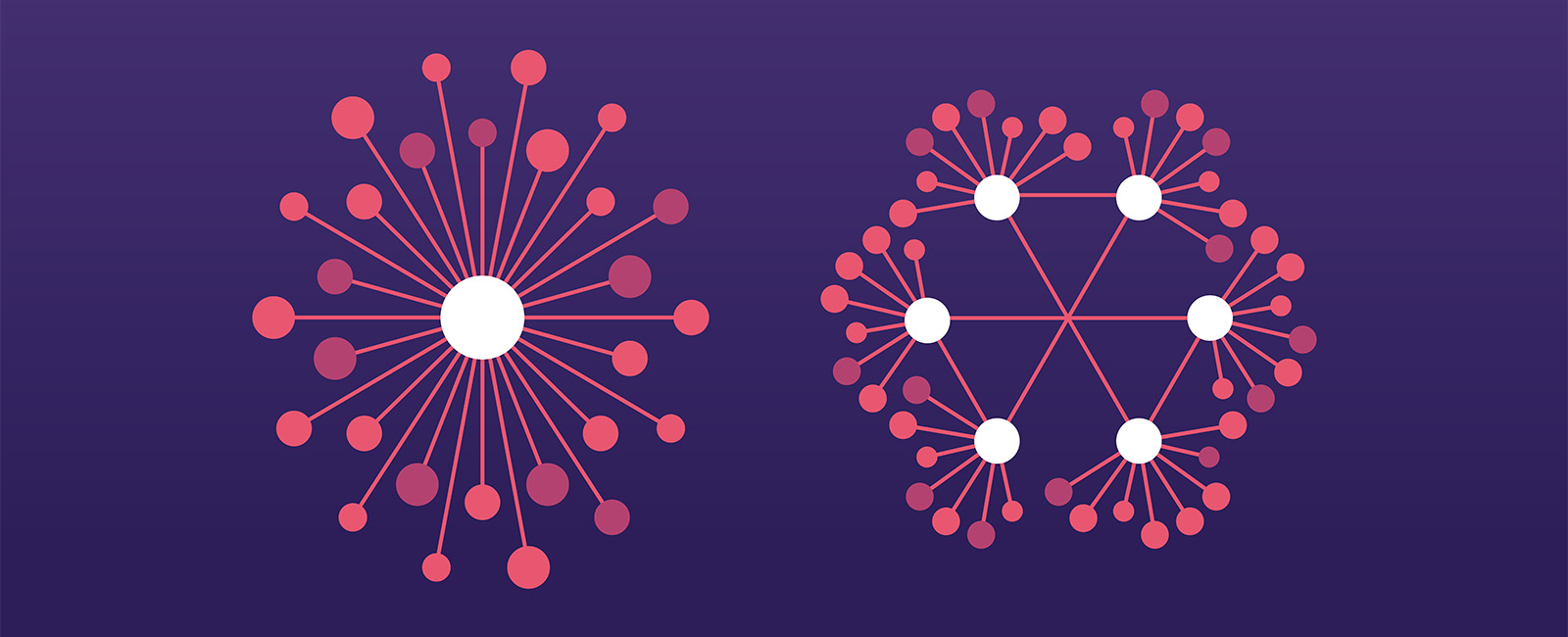Surviving an Edtech Provider's Acquisition: Advice for Higher Education IT Professionals
Higher education IT professionals must navigate rapid innovation, competition, and frequent corporate restructuring in the commercial technology sector to ensure the continuity of the systems and services at their institutions.











